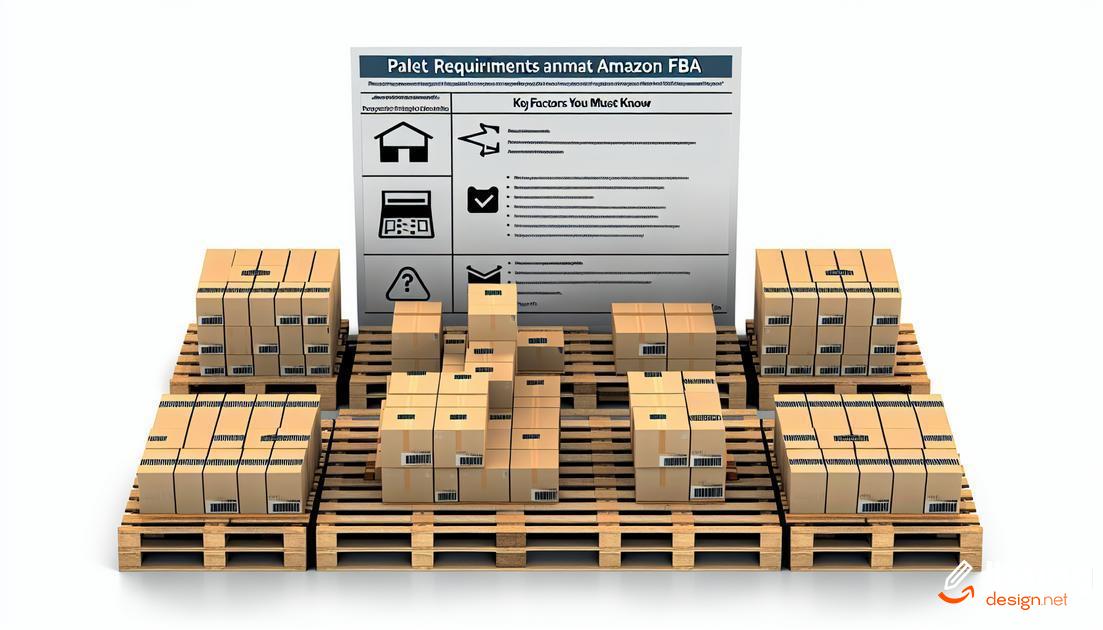Understanding the pallet requirements for Amazon FBA is crucial for ensuring smooth and efficient shipping. Proper adherence to these guidelines can prevent delays, additional charges, and other complications. This article will guide you through the key factors to consider, such as size specifications, preferred types, weight limits, and labeling needs. By following these recommendations, you can maximize compliance and streamline your logistics process.
Table of Contents
Why Are Pallet Requirements Important for Amazon FBA?
Pallet requirements play a critical role in the efficient and safe transportation of goods to Amazon’s fulfillment centers. They ensure that items are handled properly, reducing the risk of damage during shipping.
Avoiding Shipping Delays
Proper palletization is essential to prevent delays in receiving, as non-compliant pallets could be rejected or require re-packing, leading to longer processing times.
Maintaining Product Integrity
Adhering to pallet guidelines helps maintain the integrity of the products, ensuring they arrive in excellent condition. This is particularly important for fragile or perishable items.
Compliance with Safety Standards
Using the correct pallet specifications ensures compliance with safety standards, minimizing potential hazards during handling and storage within Amazon’s facilities.
Efficiency in Handling
Standardized pallets facilitate smoother and quicker handling by automated systems and warehouse staff, leading to increased operational efficiency.
Optimizing Storage Space
Compliant pallets are designed to optimize space utilization in warehouses, allowing Amazon to maximize their storage capacity and improve overall logistics.
Conclusion:
Adhering to pallet requirements is paramount for sellers to ensure timely, safe, and compliant delivery to Amazon FBA centers, ultimately contributing to a better customer experience.
Amazon FBA Pallet Size Specifications
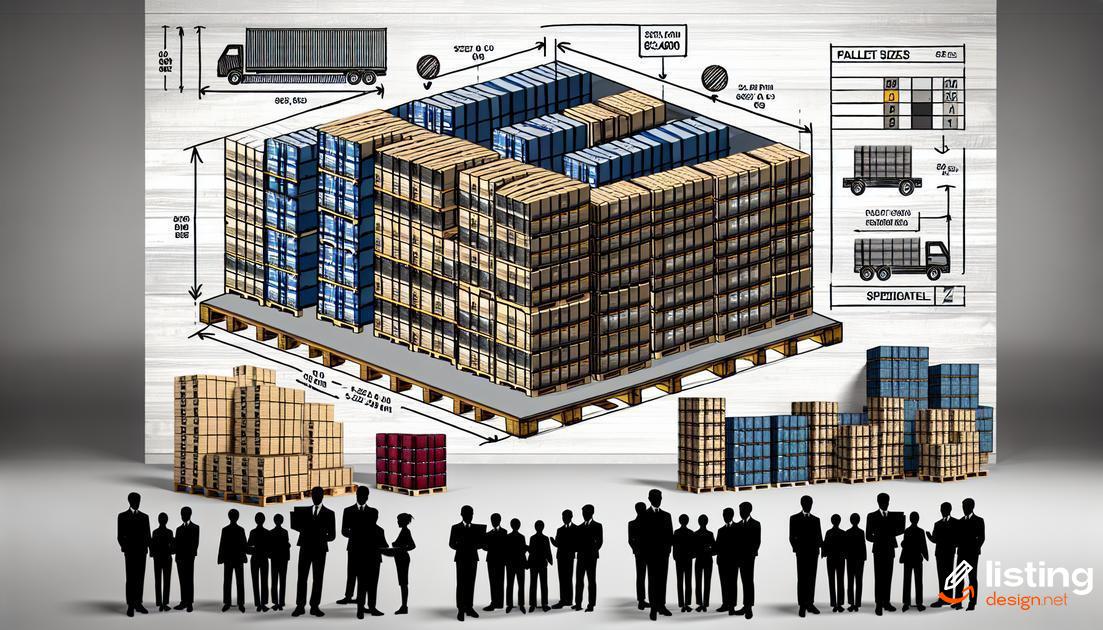
Amazon FBA has specific pallet size requirements to ensure efficient handling and storage. Pallets must adhere to the standard dimensions of 40 x 48 inches. It is imperative that pallets do not exceed these measurements to avoid complications in logistics and warehouse management.
Non-overhanging items: All products on the pallet must fit within the 40 x 48 inches boundary without overhanging. Overhanging products can lead to damage and logistical issues.
Pallets need to be of high quality and can either be four-way or two-way pallets, providing easy accessibility for forklifts from different angles. Furthermore, wooden pallets are preferred but they must be sturdy, clean, and free of damage.
Height restrictions: The total height of the pallet, including the load, should not exceed 72 inches. Exceeding this limit can cause safety hazards and stacking issues within Amazon’s facilities.
It is advisable to use stringer or block pallets that are durable and comply with the FBA requirements to avoid any potential disruptions in the supply chain.
Preferred Pallet Types for Amazon FBA
When selecting pallets for Amazon FBA, it’s important to choose types that meet Amazon’s stringent criteria. Standardized pallets, such as those conforming to the GMA (Grocery Manufacturers Association) specifications, are commonly preferred.
GMA pallets typically measure 48 x 40 inches and are known for their durability and strength. They need to be made from sturdy materials like hardwood or high-quality plastic.
Another favored option is the EURO pallet (EUR pallet), which measures 1200 x 800 mm. While less common in the United States, these can be suitable if conforming to Amazon’s guidelines and if pallet exchange programs are utilized.
Plastic pallets are another choice, offering benefits such as enhanced durability and hygienic properties. However, ensure they adhere to Amazon’s non-toxic material requirements and load capacity constraints.
Wooden pallets should be in excellent condition without any damage or broken boards and must comply with the ISPM-15 wood treatment standards to prevent pest infestations.
Weight Limitations for Amazon FBA Pallets
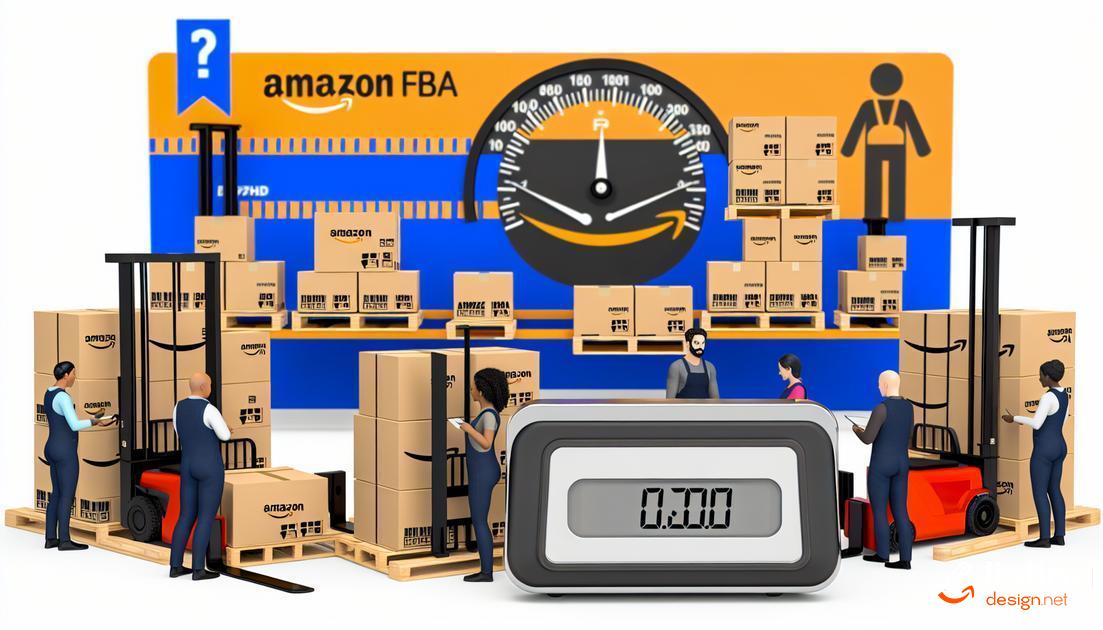
Ensuring your pallets comply with Amazon FBA weight limitations is crucial for smooth logistics and avoiding penalties. Generally, the weight of a fully-loaded pallet should not exceed 1500 pounds. This includes the weight of the pallet itself and all the goods it carries. Adhering to this weight limit helps in maintaining safety standards and operational efficiency in Amazon’s fulfillment centers.
It’s also important to distribute the weight evenly across the pallet. Uneven weight distribution can lead to pallet instability, which can cause accidents or damage during transportation and handling. To avoid such issues, use proper packaging techniques and consider the weight distribution while stacking items on the pallet.
Moreover, if the pallet exceeds the weight limit or is improperly loaded, Amazon may refuse the shipment, which can lead to delays and additional costs for your business. Therefore, always double-check the total weight and the proper placement of items before shipping your pallet to an Amazon FBA center.
Labeling Requirements for FBA Pallets
Securing Your Pallets for Amazon FBA

Securing Your Pallets for Amazon FBA
Using Durable Materials
Ensuring your pallets are secured with durable stretch wrap or shrink wrap is crucial. These materials help keep packages in place and reduce the risk of damage during transit.
Proper Placement of Goods
Place heavier items at the bottom and lighter ones at the top to maintain stability. This method prevents the pallets from toppling over and ensures safer handling.
Edge Protectors and Straps
Using corner boards and edge protectors safeguards the palletized goods from damage. Additionally, strapping the goods firmly adds an extra layer of security.
Maintain a Flat Surface
Ensure that the top of the pallet is level to allow for stacking. Irregularities can cause instability and may lead to damage of the goods.
Pallet Inspecting
Before shipping, inspect the pallet for any broken boards or nails that could cause issues. Fix any defects to ensure the safety of your goods.
Conclusion
Remember that proper securing of pallets not only helps in safe delivery but also meets Amazon’s compliance standards.
FBA Pallet Height Restrictions
When preparing shipments for Amazon FBA, it is crucial to adhere to specific height restrictions for pallets to ensure smooth processing and compliance with Amazon’s standards.
Maximum Height Including Pallet:
The total height of the pallet, including the goods stacked on it, must not exceed 72 inches (6 feet). This measurement includes the height of the pallet itself, which is typically around 6 inches.
Distribution of Weight:
Ensure that the weight is distributed evenly across the pallet. Unevenly distributed loads can lead to instability, increasing the risk of tipping during transport and handling.
Considerations for Pallet Configuration:
When stacking items, use interlocking patterns to enhance stability. Secure items properly with stretch wrap or other suitable materials to prevent shifting during movement.
Special Item Restrictions:
Some products, due to their nature or packaging, may have additional height restrictions. Always check the specific requirements for different item categories to avoid non-compliance issues.
Inspection Protocols for Amazon FBA Pallets
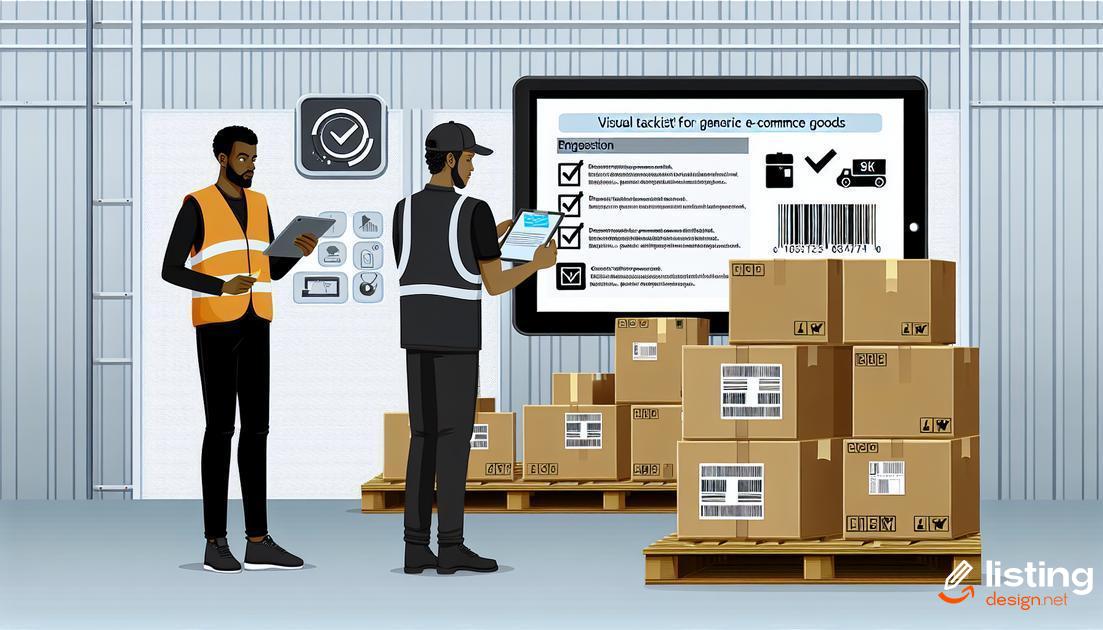
Ensuring your pallets meet Amazon’s FBA requirements is critical for smooth operations. During an inspection, pay close attention to the condition of the pallets. Inspect every inch of the pallet’s surface for cracks, splinters, or any type of damage that could compromise the safety or stability of the pallet during transit.
Check the structural integrity of the pallet. All nails or fasteners must be securely in place, and the wood must be solid and free from rot. Any loose nails or damaged boards could cause the pallet to collapse, resulting in potential damage to your products.
Verify the pallet dimensions and condition. Amazon FBA dictates specific size requirements; if your pallet is too large or too small, it can result in non-compliance issues. Measure the pallet’s length, width, and height to ensure they match Amazon’s guidelines.
Loading and Securing
Ensure that your pallet is loaded correctly. The weight should be evenly distributed across the pallet to prevent tipping or shifting during handling. Do not exceed the weight limit specified by Amazon.
Secure your pallet effectively. Use high-quality stretch wrap or straps to secure the load. Ensure that all items are stable and there’s no chance of them falling off or moving during transit. Label the pallet with clear, legible signs indicating the contents and destination.
Labeling and Documentation
Proper labeling and documentation are crucial. Each pallet must have a scannable barcode on the outside wrapping that is easily accessible. Also, include all necessary shipping and handling instructions to avoid any mishandling at the fulfillment centers.
By adhering to these inspection protocols, you can avoid setbacks and ensure that your shipments are processed smoothly within the Amazon FBA system.
Common Mistakes with Amazon FBA Pallets
When it comes to organizing and shipping your goods via Amazon FBA, avoiding some of the common mistakes with pallets can save time, money, and headaches. Understanding these frequent pitfalls ensures smoother operations and compliance with Amazon’s stringent requirements. Below, we’ve highlighted some critical mistakes to watch out for.
Improper Pallet Sizing
Using the wrong size pallet is a frequent mistake. Amazon has precise dimensions for pallets, and failing to adhere can lead to rejections and additional fees. Always ensure your pallets are sized 48 inches x 40 inches to meet Amazon’s standards.
Overloading Pallets
Another common issue is overloading pallets beyond their weight capacity. Exceeding the weight limit of 1,500 pounds can not only compromise the pallet integrity but also violate Amazon FBA policies.
Poor Pallet Labeling
Mistakes in labeling can result in shipment delays or rejections. Ensure each pallet has the correct labels placed in the right positions. Amazon requires labels on all four sides of the pallet, visible and scannable from the floor level.
Weak Pallet Wrapping
Improperly securing your palletized goods with stretch wrap can lead to instability during transit. Use ample stretch wrap and ensure it is tightly secured. Additionally, employing corner boards can provide extra stability.
Ignoring Pallet Inspections
Skipping the pallet inspection step is a common error. Ensure that pallets are inspected for quality and structural soundness before shipment. Damaged pallets can lead to costly delays and potential rejection by Amazon.
Using Non-Preferred Pallet Types
Amazon prefers certain types of pallets, such as GMA standard pallets. Using pallets that do not meet Amazon’s specifications can hinder your shipment process. Stick to recommended pallet types to avoid complications.
By understanding and avoiding these common mistakes, you can streamline your FBA processes and ensure a smoother journey for your products.
Benefits of Meeting Amazon FBA Pallet Requirements
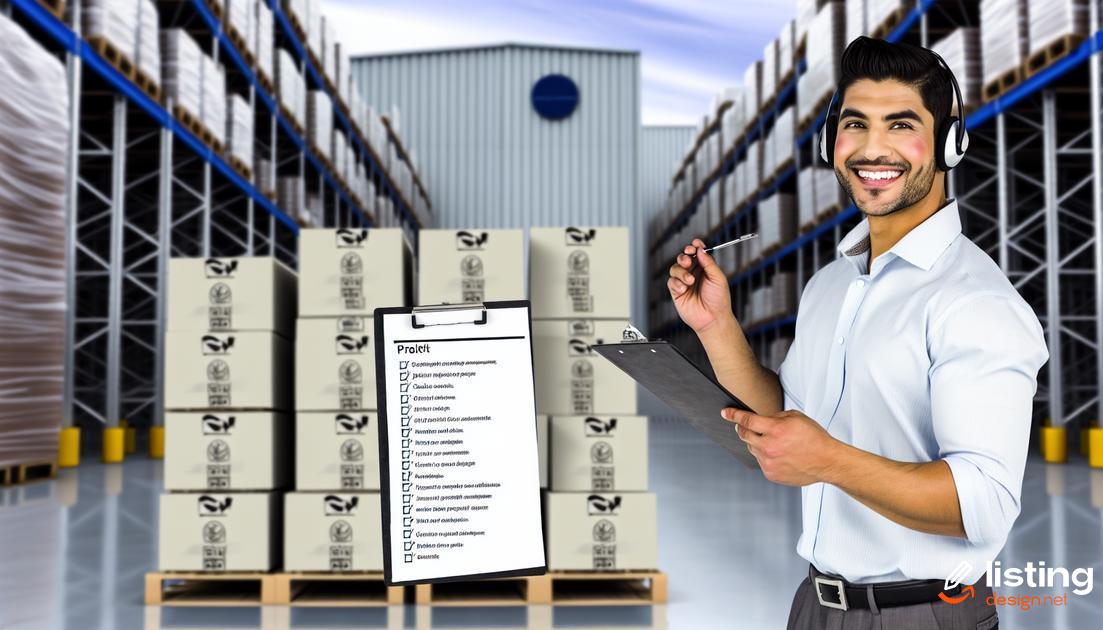
Complying with Amazon FBA pallet requirements ensures smooth logistics and minimized risks during the distribution process. By adhering to these guidelines, sellers can decrease the likelihood of shipment rejections and the associated operational delays, which can ultimately improve customer satisfaction by ensuring timely deliveries.
Another critical benefit is cost savings. Meeting Amazon’s pallet standards helps to avoid penalties and fees that may be incurred due to non-compliance. It also allows for the efficient use of warehouse space, reducing storage costs.
Properly following the pallet requirements can boost your seller metrics within Amazon’s platform. This could lead to better product listings, increased visibility, and ultimately, more sales. Adhering to these standards demonstrates a professional and reliable business practice, helping to build trust with Amazon and customers alike.
Additionally, ensuring pallets meet the FBA requirements supports inventory accuracy. Correctly sized and labeled pallets make it easier for Amazon’s fulfillment centers to process and manage your products, leading to fewer errors and improved inventory management.
Overall, the benefits of meeting Amazon FBA pallet requirements are multifaceted, enhancing logistical efficiency, cost management, seller performance, and customer satisfaction.
Cost Implications of Non-compliance with FBA Pallet Requirements
How to Choose the Right Pallets for Amazon FBA

When it comes to selecting the appropriate pallets for Amazon FBA, it’s vital to consider several factors to ensure you meet Amazon’s stringent storage and handling requirements. The right choice can maximize your supply chain efficiency and minimize potential issues.
Durability and Material: Opt for pallets made from durable materials such as hardwood or high-quality plastic. These materials can withstand the heavy handling and transport processes within Amazon’s fulfillment centers.
Standard Size: The standard pallet size for Amazon FBA is 48×40 inches. Ensure your pallets conform to this size to avoid rejection upon delivery.
ISPM-15 Certification: If you’re shipping wooden pallets internationally, they must be ISPM-15 certified to indicate they have been heat-treated or fumigated according to international shipping standards.
Weight Distribution: Ensure the weight is evenly distributed on the pallet. Improper weight distribution can lead to pallet damage or collapse during transit.
Condition of Pallets: Use only new or like-new pallets. Damaged or heavily worn pallets can compromise the safety of your goods and may not meet Amazon’s requirements.
Cost Considerations: While it might be tempting to cut costs with cheaper pallets, investing in high-quality pallets can save you from potential compliance issues and associated fines.
By taking these factors into account, you can choose pallets that align with Amazon FBA’s requirements, ensuring smooth and efficient operations within the fulfillment network.

